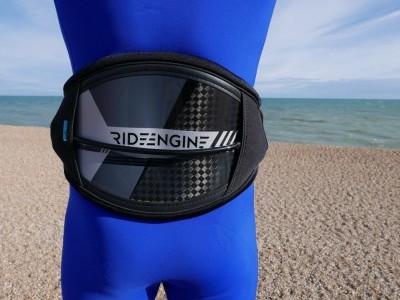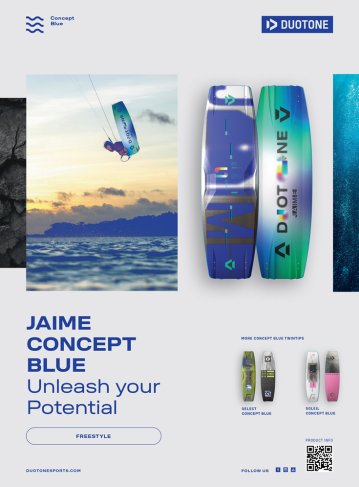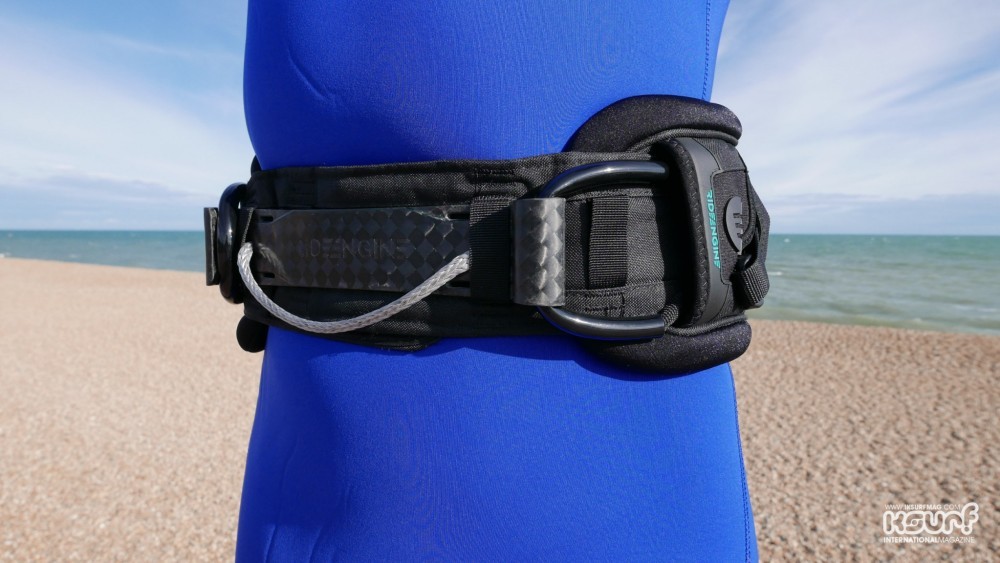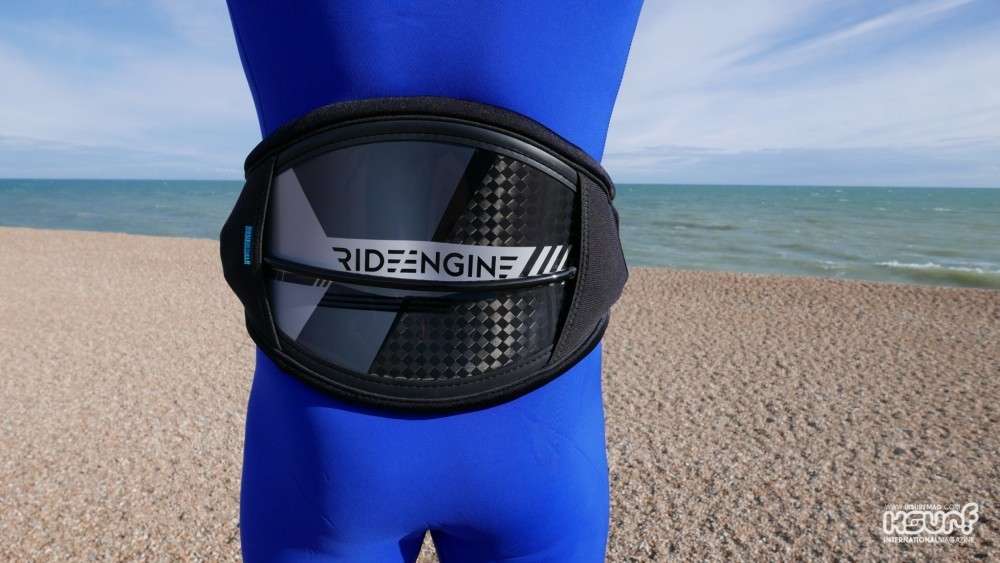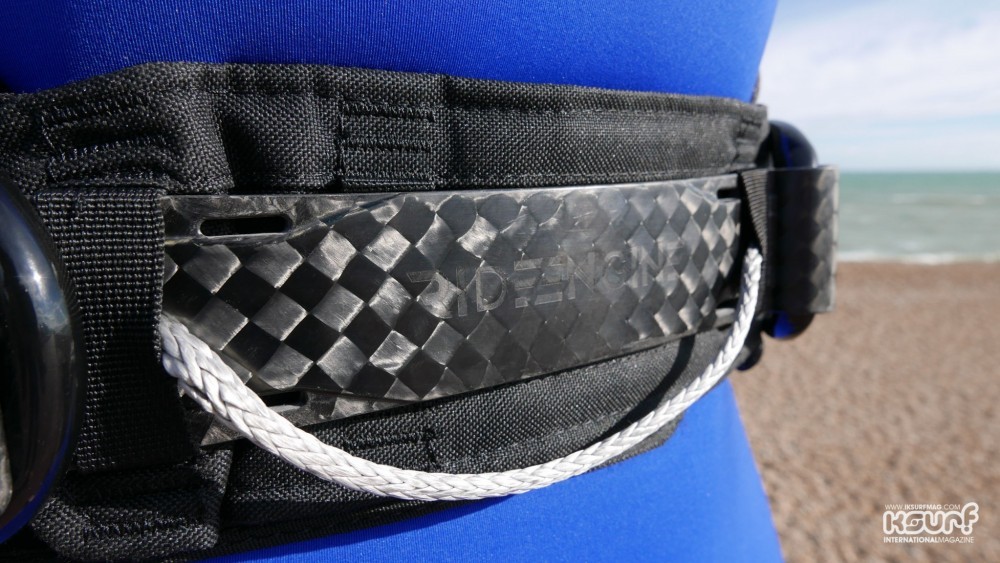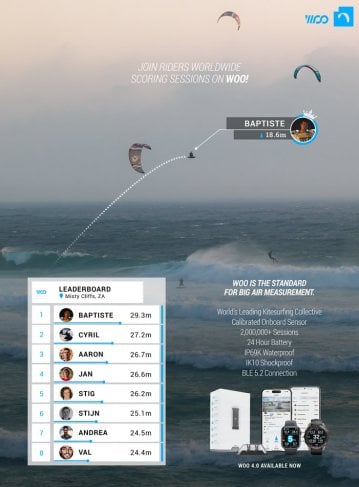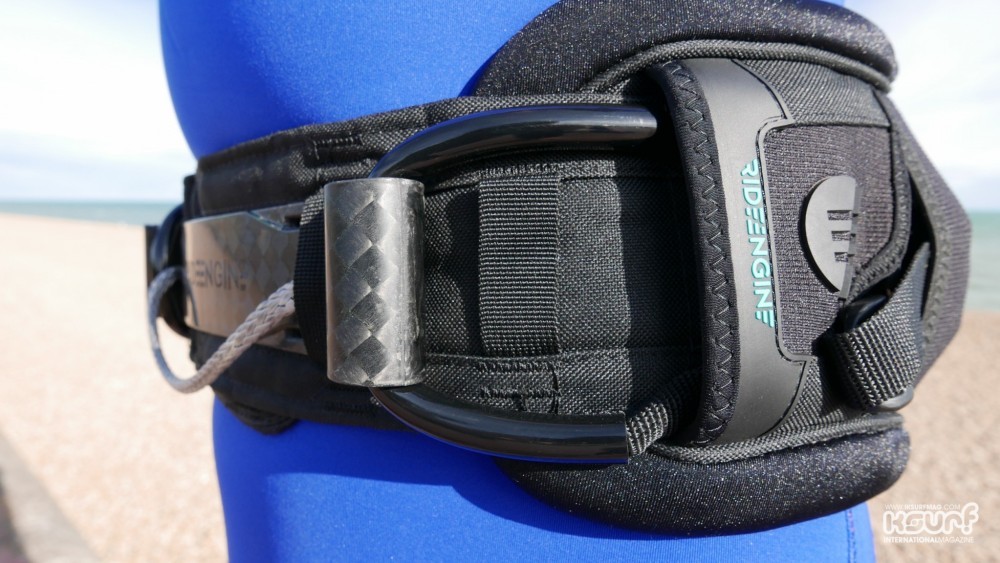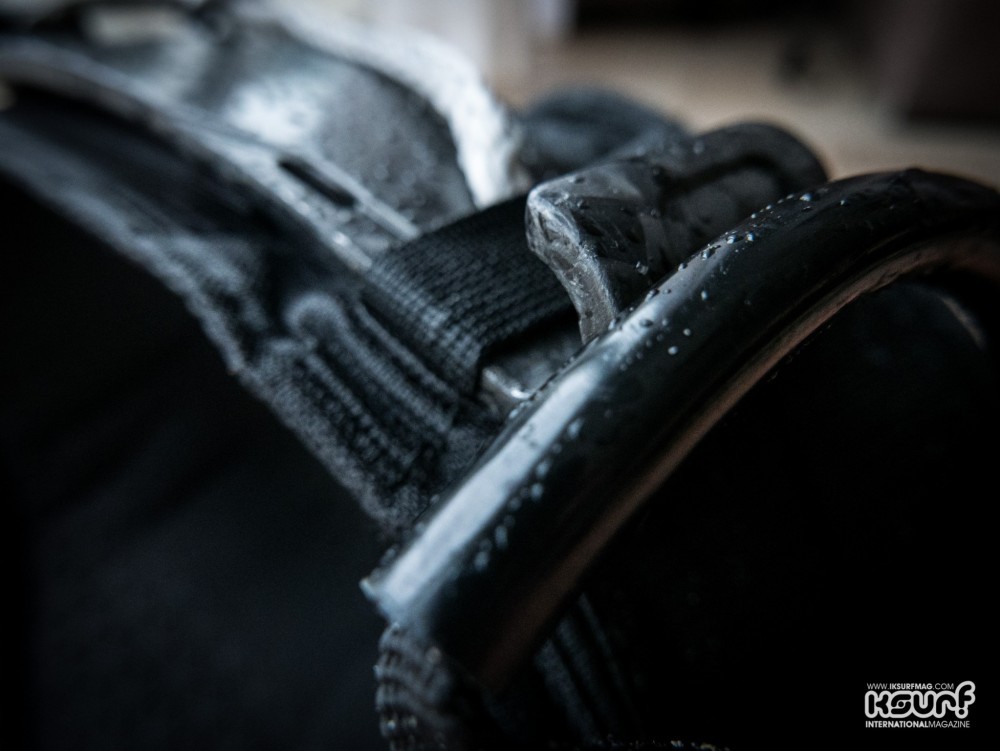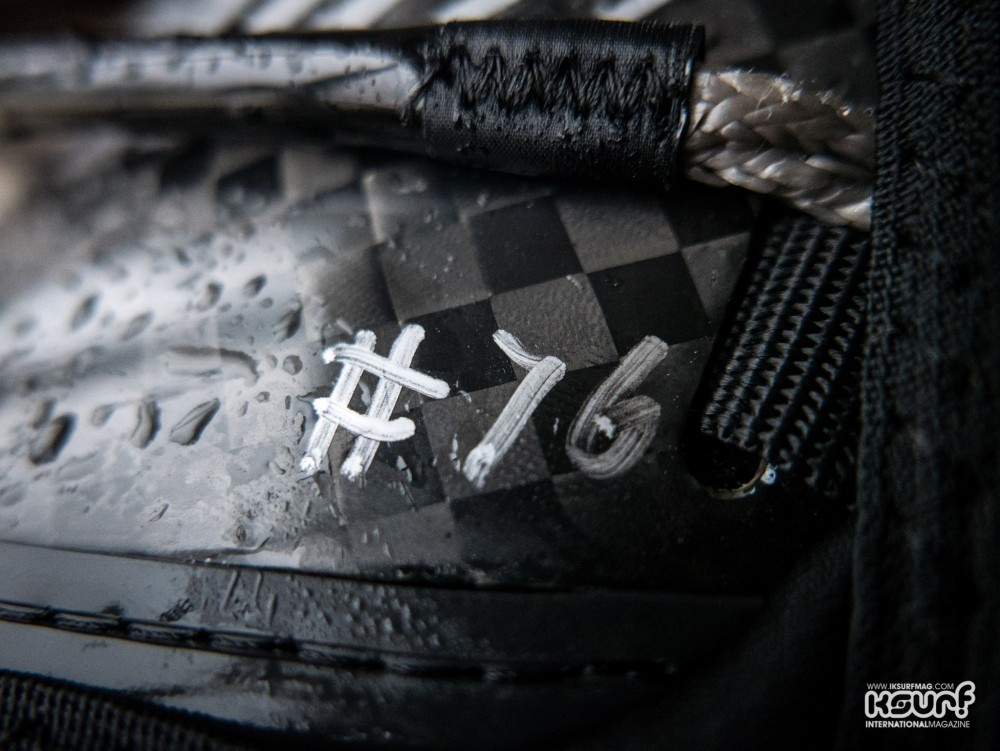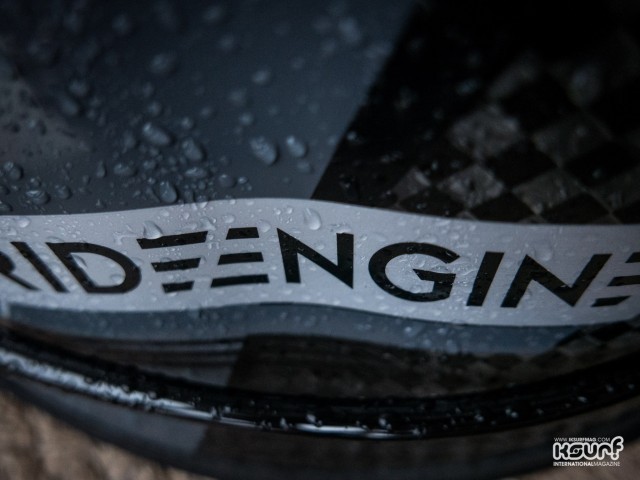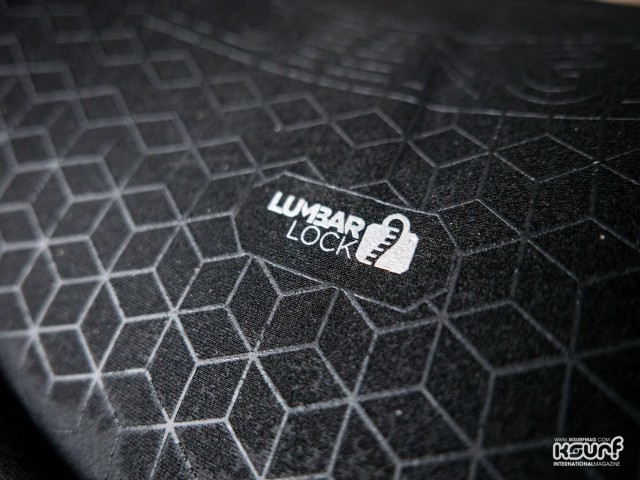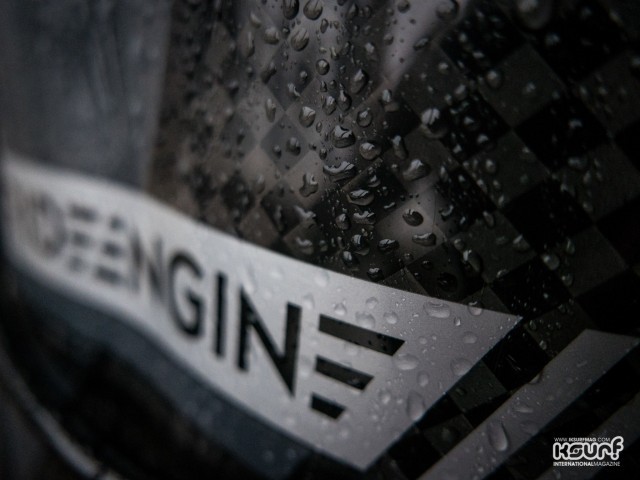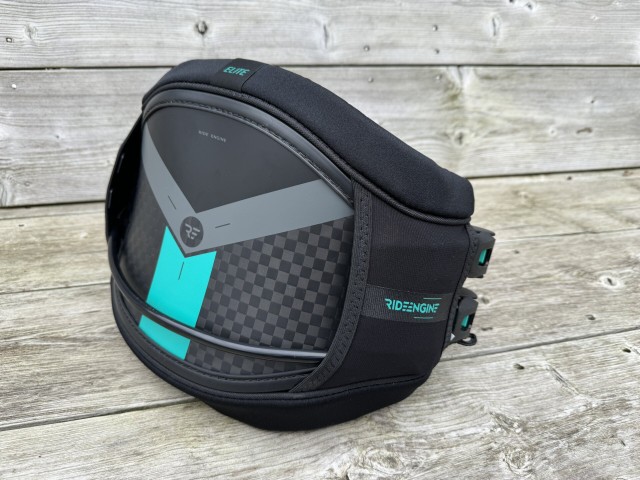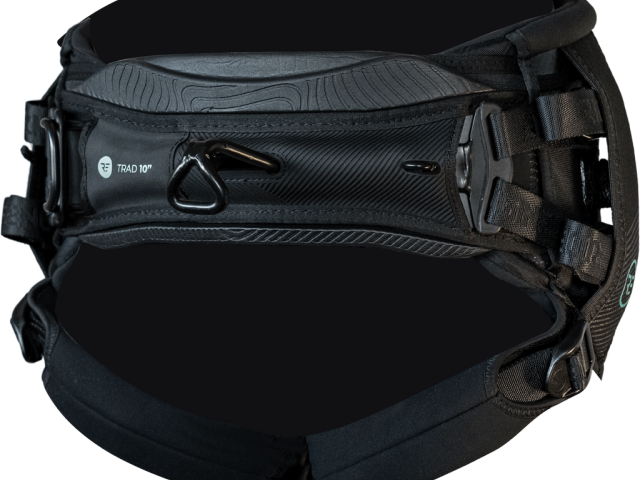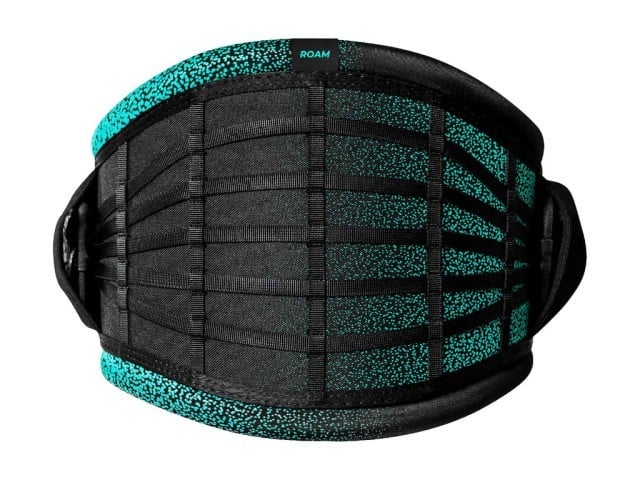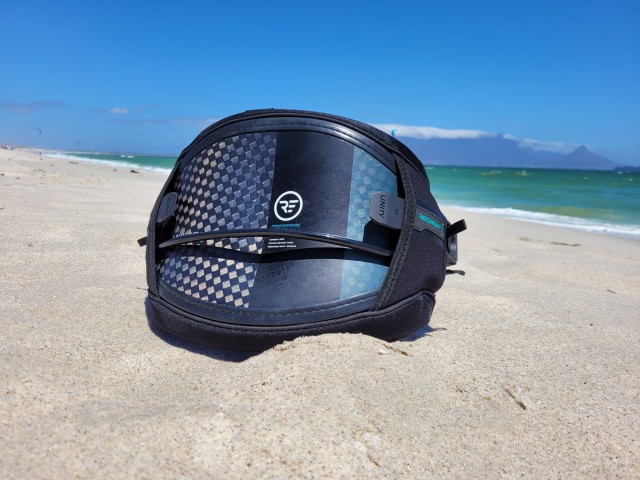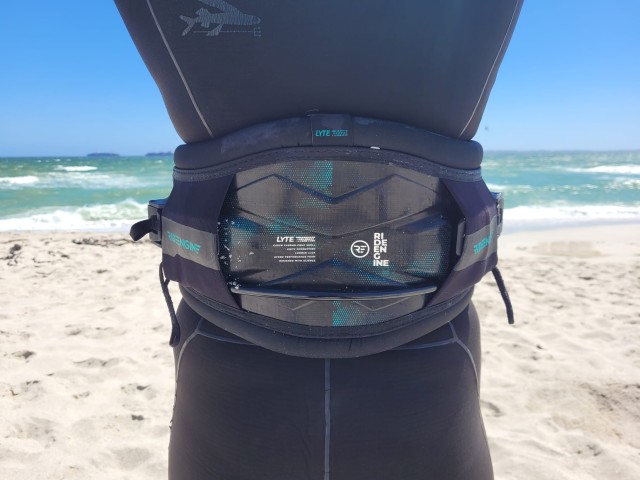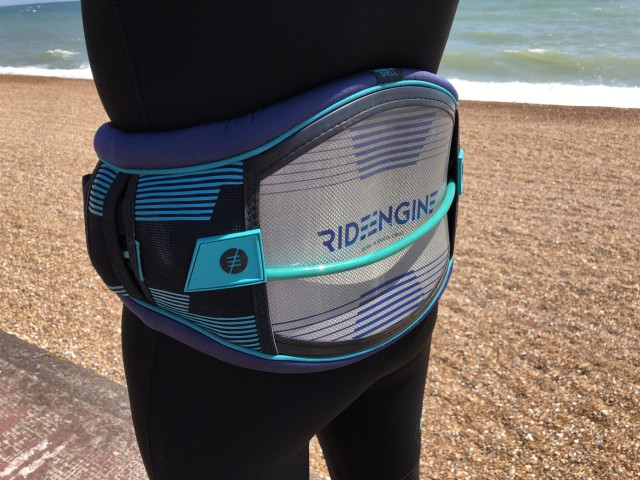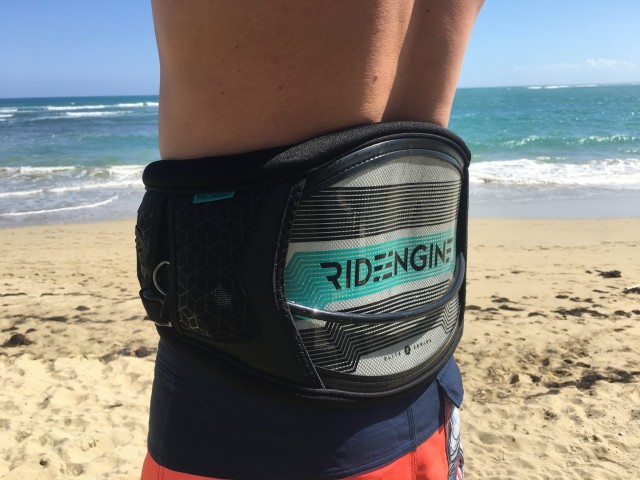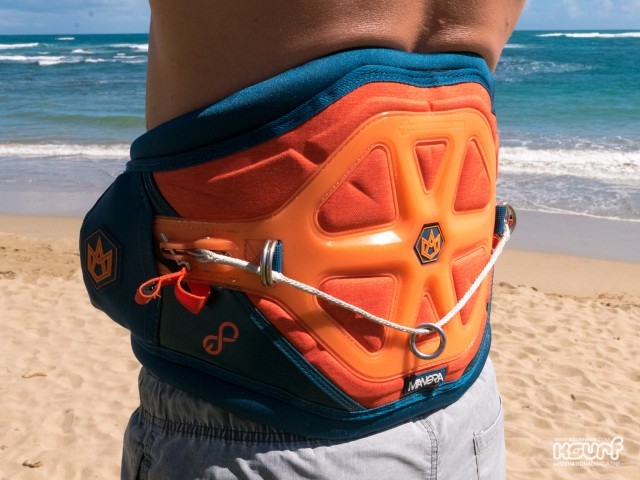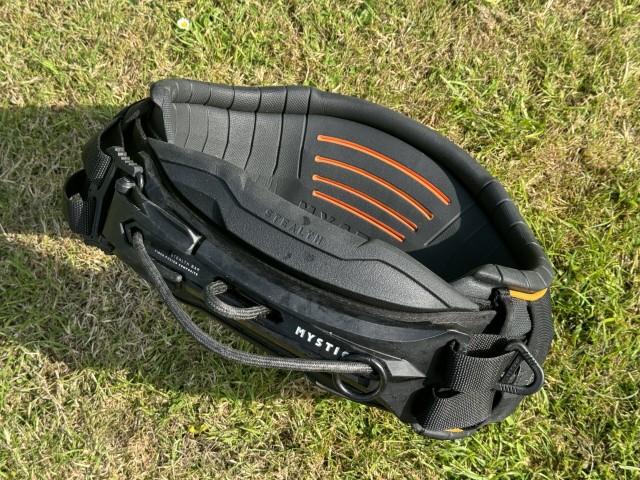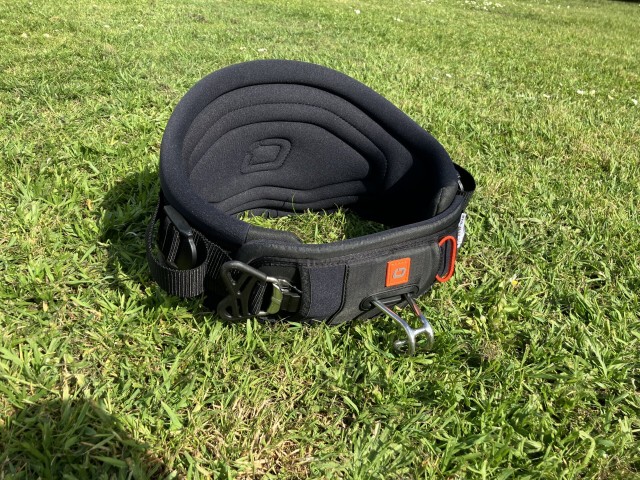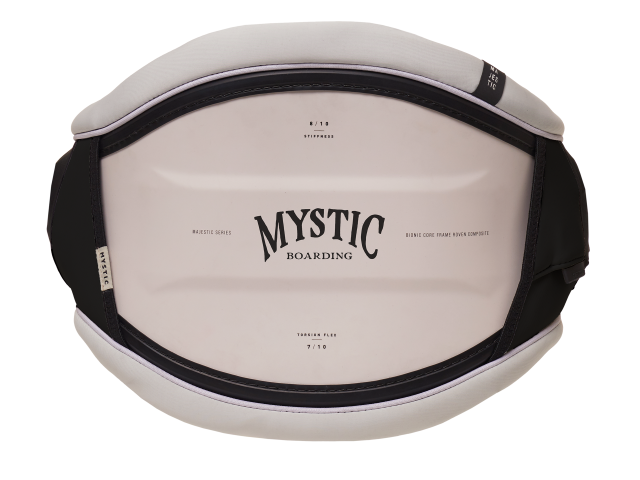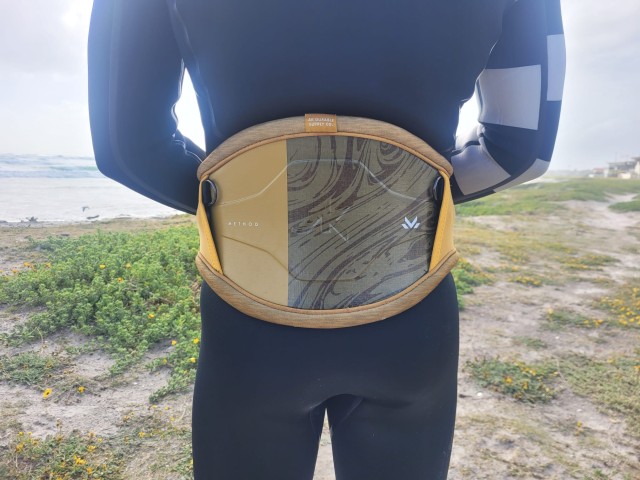At A Glance
If you’ve not heard of Ride Engine yet then there is a good chance you are living on some remote island and won’t even be reading this. The brainchild of constant tinkerer Coleman Buckley, the origins of the Ride Engine concept can be traced back to 2010. Originally Coleman started making harnesses for his buddies, then a few custom ones for some of the pros, and then eventually - via a rather long winded intercontinental back moulding process - suddenly custom harnesses were available for whoever wanted to buy one!
Fast forward to last year and 7 Nation, (aka Slingshot Sports) decided they wanted Coleman on board creating harnesses for them. Based out of Hood River with a decent factory facility for Coleman to play in, the rest, as they say, is history. Of course creating custom harnesses for individual customers is never going to buy you a desert island, so Coleman and 7 Nation worked together using all the data he had accumulated to create some standard moulds to suit mass production.
Essentially the harness is a stiff shell, designed not to twist or distort. The concept is that this spreads the load on your back evenly and allows you to enjoy the ultimate in comfort whilst also maintaining a low profile. There are three different models within the range, the Elite, which we have on test here, the Pro and the Hex Core. Each one has a differing amount of flex; the Elite is the stiffest of the three and uses two layers of carbon and a layer of Kevlar to create the shell, it is also the lightest. The Pro sits in the middle using carbon and fibreglass and the Hex Core is the softest of the three, when I say soft it is still far stiffer than a traditional harness, but is has a little more give in it than the Carbon Elite. A Hex Honeycomb Core is used to to offer the Hex a little more flexibility which means it can bend to the shape of your back.
There is a removable suicide leash attachment on the back, D-rings for your leash on either side and also an innovative new connection system that does away with looping webbing through the actual spreader bar and instead used a tube-and-hook connection. It's simple, easy to connect and disconnect and makes the harness very versatile; you can easily swap out from a fixed hook to a rope slider affair.
I’ve mentioned the rope slider, so I had best talk about it, our Elite was one of the first off the production line and it shipped with the Carbon Slider spreader bar. Lots of wave riding harnesses have taken into consideration the need for the body to twist, and this is Ride Engines take on it. To hook in you just release your chicken loop and reconnect it around the rope. It's an ingenious solution, and I wish I had thought of it! You can't unhook, but if you wave ride or freeride it isn't an issue, and of course you can have a standard hook spreader bar option too.
On the inside of the harness is the Lumbar Lock, the entire harness is moulded and padded to sit in the lumbar of your back, locking it in place and keeping it comfortable.
In The Water
I’ve been wearing this harness for about four months; it’s been all round the world with me, and while it took a few sessions to get used to it I will say right off the bat I have been hugely impressed. However, I have to honest that was not my initial impression after my very first session! You need to try these harnesses on to make sure they fit, and you also need to know they are designed to be worn a little lower than usual.
On my first session, it felt like the Lumbar Lock was someone’s fist in my back, far from comfortable, so after a couple of sessions I took to wearing it naked (calm down ladies - top half only!) and looking into where this “lump” should go. I found myself wearing the harness a good two inches lower than usual. So the next session I went out, and the comfort was vastly improved.
Until I crashed and it rode up of course, however being solid it is easy to push back into place after a big wipeout. My other initial gripe and one of the reasons for it riding up was the webbing slipping; gradually the harness would work itself loose, not totally, but enough for the harness to move on your body. As the whole thing is so stiff, once it moves it misses the sweet spot of your back and can become uncomfortable.
I initially cured this with a couple of half hitches, but after a chat to Pro Rider Sam Light I quite literally saw the “light”. Having missed the demo at Surf Expo I knew Ride Engine recommended threading the webbing back on itself, but once tight this was nigh-on impossible to do. However, Sam showed me a trick where you leave the webbing looped back on itself, and just pull on one-half of the loop loose so you can easily tighten (or undo) the harness, then pull it back on itself and cure the slipping issue.
It worked a charm and once I had the set up fully dialled in I began to fall ever deeper in love. I mostly ride waves these days, and the Carbon Slider Bar is a revelation, so simple and so effective it allows real freedom of movement on the wave while the harness stays locked in place.
I rode One Eye in Mauritius quite a bit last year, that is backside for me, and being so offshore you end up pretty contorted on the wave. With harnesses previously they would either naturally twist, or I would twist them as I dropped in. With the Ride Engine though I could leave the harness locked in place and allow the rope to do the dirty work.
There was another small niggle I discovered in Mauritius, the stainless steel bars, both sliding and fixed, come with a spreader bar pad. The carbon one doesn’t, so when you get a ton of water on your head and have to send the kite to get out of trouble that spreader bar can ride up and does smart a bit. It would be good to maybe see some of the new EVA pads being used to increase the comfort levels somewhat just for situations like that.
If you are wearing only board shorts there are no points of wear on the skin, so it is very pleasant to wear in hot countries, and as long as it stays in place then it is one of the most comfortable harnesses I have ever worn. I think we will see some small tweaks on the next generation that address some of the minor issues I have mentioned.
I have a cupboard full of test harnesses that I can go to and take my pick. Yet I always come back to the Ride Engine Elite, the Carbon Slider Bar just makes so much sense to me, and the stiffness and comfort factor play a huge part. It’s great for wave riding and even on the foilboard feels fantastic. The only disadvantage I can see with the sliding rope spreader is that you can’t ride with a Wainman Hawaii chicken loop or any loop that doesn’t come undone. I have a Wainman Hawaii Gypsy 6.25 in my quiver for when it is mega windy, and on more than one occasion I’ve cursed the fact I haven’t fixed up a way to connect it (this usually being at the beach after rigging up and realising I'm scuppered!).
Oh, and of course, you can’t unhook with the slider bar, but you can get a fixed hook bar if that's your niche - the aim being that there's still a customisable side to the harnesses with a choice of fixed hook or the sliding rope, or both! The spreader bars come in different sizes in order for you to get the perfect fit too. So you can have two spreader bars in the car ready for whatever style of riding the conditions allow.
A last note would be about the price, unless you are in the US these can be prohibitively expensive. Yet the build quality and materials are absolutely top and the harnesses really have been designed to last. The one we have on test has been used continually, almost on a daily basis for the past 5 months, and is yet to show any signs of wear - it still looks brand new! If you’ve got the cash to spare, get one, you won’t be disappointed, especially if you ride waves!
Overall
Billed as the first kitesurf harness designed specifically for kitesurfing there is no denying the innovation and well thought out concepts at play here. It’s very comfortable when you know where to wear it; the slider bar set up works a charm, and I’m still using it for pretty much all of my sessions after five months. Considering this is the first production model to come to market I think Coleman and the team at Ride Engine have done a fantastic job. Yes, it is pricey, but it is a little bit special, and that’s why I won’t be taking it off anytime soon…
Related
By Rou Chater
Rou has been kiting since the sports inception and has been working as an editor and tester for magazines since 2004. He started IKSURFMAG with his brother in 2006 and has tested hundreds of different kites and travelled all over the world to kitesurf. He's a walking encyclopedia of all things kite and is just as passionate about the sport today as he was when he first started!


